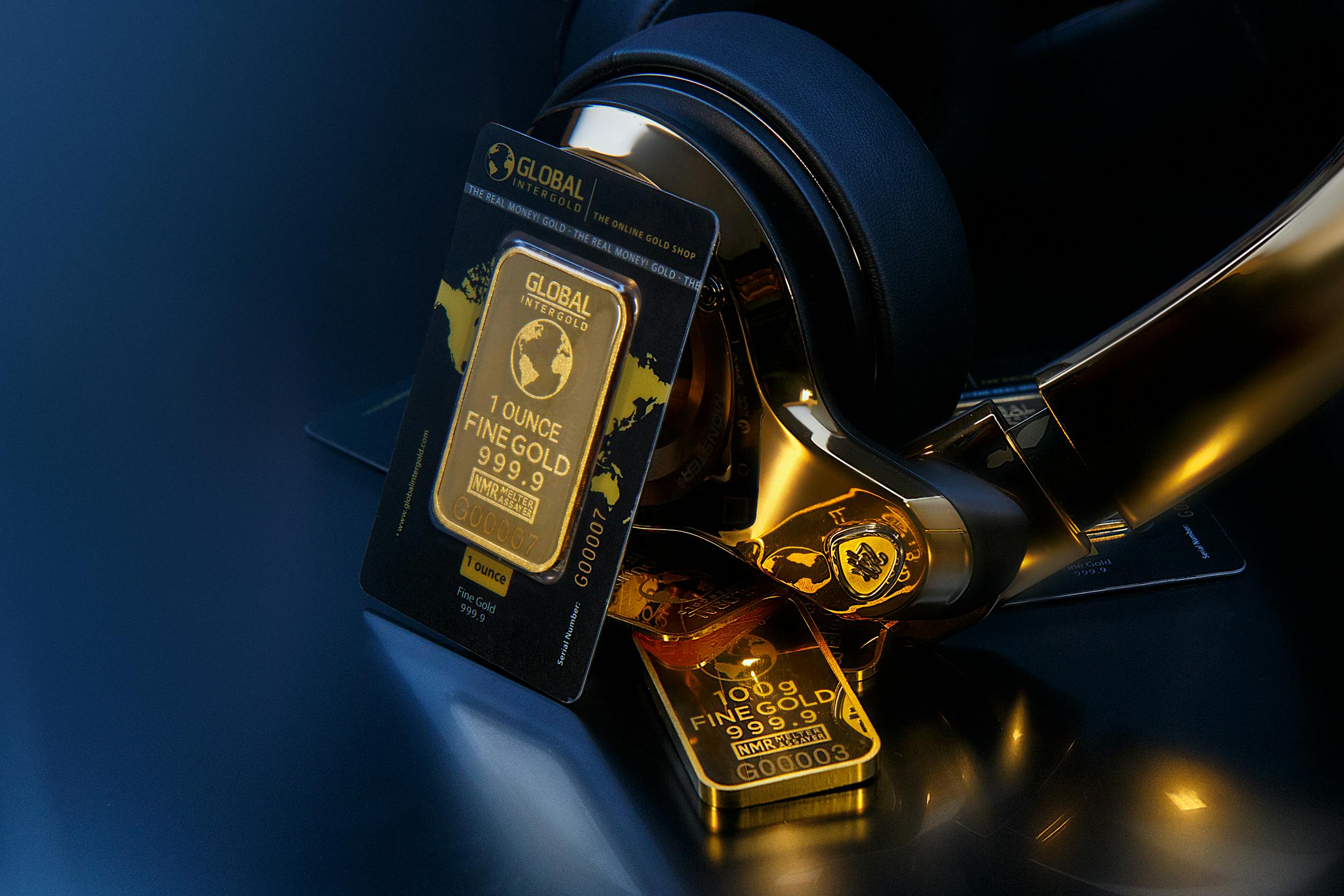An ecological destination – Kalmar, Sweden
Kalmar was once one of the most important fortified cities in Sweden. Now the city of some 35,000 people on the Baltic Sea is an eco-friendly tourist destination. Kalmar has the usual tourist and cultural attractions.
Visitors to Kalmar should include a stop at Kalmar Castle with its well-preserved fortifications, a walk through the old town with its well-worn cobbled streets, and a visit to some of the wonderful museums that highlight regional Viking history. Tasting the local gastronomy is essential. All of this can be done with the knowledge that your carbon footprint will be minimal.
The reason: Kalmar and Kalmar County (with a total population of 236,000) have become pioneers in showing other municipalities how to successfully rely on fossil fuels while maintaining sustainable growth. Currently, most electricity needs are supplied by wind or nuclear sources. Transport still relies on fossil fuels, but less so than most regions. About 50% of all buses now run on biofuels. However, Kalmar has committed to completely avoiding the use of fossil fuels by 2030. At that time, all of the city’s power will be derived from renewable energy sources. There will be no trace of fossil fuels anywhere in Kalmar.
The town is already moving strongly in that direction. Bike lanes are common, and car dealerships promote hybrid vehicles. In 2007, the energy company Kalmar Energi decided to invest in the Moskogen power plant. This will be a new biofuel-fired heat and power plant, producing 140 GWh of electricity and 360 GWh of district heating per year, all from renewable biofuels.
According to Lars Roth, First Secretary for the Environment at the Swedish Embassy, ”You can have laws. You can have economic stimulus packages to green your economy, but in the end it all comes down to consumer choices, what each of us decides to do in our daily life.”
Forty years ago, Sweden, like the United States, relied heavily on imported fossil fuels such as oil, coal, and natural gas. But in the 1970s, after oil supply disruptions and fuel price shocks, Sweden gradually began to make the switch from oil imports to renewable fuels and nuclear power with considerable success. Roth says that 43 percent of total energy production is based on renewable sources. Nuclear power provides additional amounts of energy that is considered clean in Sweden. “Nearly 80 percent of our electricity production is based on renewable or nuclear energy.”
Sweden’s per capita carbon emissions have also dropped dramatically. Today, the average carbon emission per capita for Swedes is 7.4 metric tons of carbon, compared to an average of 23.5 metric tons for Americans.
What is the most important factor in this discrepancy? The United States still gets about half of its electricity from coal.
To get to Kalmar, traveling via Copenhagen offers the advantage of a stopover in this picturesque and interesting Danish city. You will cross the Oresund Bridge into Malmo, Sweden, on your way to Kalmar. You can reach Malmo and continue to Kalmar by train or by car, depending on your preferences.
